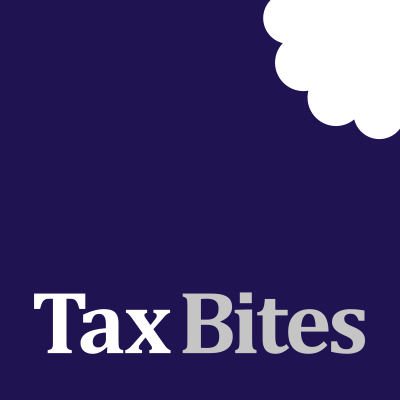Sign up for our newsletter

Interested in receiving the latest tax planning ideas?
Sign up to Tax Bites – our weekly update offering practical but effective tax saving tips.
6th January 2016
Posted in Articles, Featured Articles, Private Client by Laura Hutchinson
With the 31 January tax return filing deadline fast approaching, tax agents and their clients will be finalising the various claims and elections to be made to HMRC.
Amongst these will be claims for the capital gains tax exemption on disposals of qualifying Enterprise Investment Scheme (‘EIS’) shares. The recent case of Robert Ames v HMRC (2015) explains how costly it can be to get things wrong.
Background
The EIS is designed to help smaller higher-risk trading companies to raise finance by offering a range of tax reliefs to investors who subscribe for new shares in those companies. There are three reliefs:
One of the additional conditions of relief no. 3 that the investor has at least some income tax relief (i.e. relief no. 1) attributable to the shares.
Robert Ames
In 2003 Mr Ames invested £50,000 in shares in a sky-diving company. Far from plummeting, however, the company did well, and in 2011 he sold the shares for more than £300,000.
HMRC had granted the company with EIS advance assurance when it issued the shares in 2003 and so, given that more than three years has passed, Mr Ames thought his gain would be exempt. However, roll back to 2003 when the investment was originally made and Mr Ames had income of less than £100 – easily covered by the personal allowance. As he had no income tax liability he did not claim the EIS income tax relief – big mistake. HMRC successfully argued that the shares did not qualify for EIS relief and he had to pay CGT at normal rates – ouch!
Avoiding the trap
The lesson from the Ames case is clear: to safeguard the CGT exemption on EIS shares there must be at least some income tax relief claimed. Interestingly, there is no de minimus – a claim for as little as £1 will be sufficient. Clients with no income or income covered by the personal allowance will need to take steps to generate taxable income against which the relief can be claimed. There are a number of ways of doing this. For example:
Advisers need to be alive to this issue as we approach 31 January!
You can use this form to request us to give you a call or if you prefer just leave us a message. Please be sure to leave us a contact number or email address for you and we will get back to you as soon as we can.


